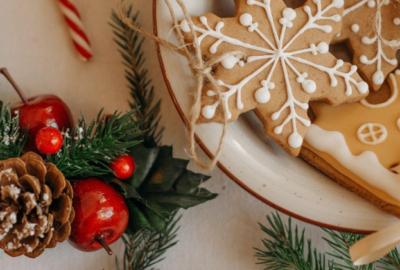A Timeless Tradition: Celebrating New Year’s Day with Memories That Last a Lifetime
As the clock struck midnight on New Year’s Eve, millions worldwide ushered in the new year with fireworks, parties, and raised glasses. But beyond the revelry, New Year’s Day is unique in our hearts and minds. For many of us, it’s a time to honor tradition, reflect on the past, and embrace the endless possibilities of the future.
The Significance of New Year’s Day
New Year’s Day has been celebrated in various forms for thousands of years. In ancient civilizations like Babylon, the new year was marked with an 11-day festival in March, while the Greeks celebrated it mid-winter with the feast of Cronus. But it was only in adopting the Gregorian calendar in 1582 that January 1st became the universally recognized date for the start of the new year.
Since then, New Year’s Day has taken on many meanings and customs, depending on the culture and region in which it’s celebrated. For some, it’s a time to gather with family and friends, share a meal, and exchange gifts. For others, it’s a day of rest and reflection, marked by religious observances and quiet contemplation. And for many, it’s a time to make resolutions and set intentions for the months ahead.
Traditions and Customs
Making resolutions is one of the most enduring customs associated with New Year’s Day. Whether it’s a commitment to healthier living, more time with loved ones, or a new job or hobby, resolutions are a way to set personal goals and aspirations for the year to come. In fact, according to a recent survey, nearly 45% of Americans make New Year’s resolutions each year, making it one of the most popular aspects of the holiday.
But resolutions are just one part of the rich tapestry of New Year’s Day traditions. In countries like Japan and Spain, it’s common to eat certain foods that are believed to bring good luck and prosperity in the new year. In Japan, people eat Toshi Koshi soba, a buckwheat noodle that represents the crossing from old year to new. Meanwhile, in Spain, it’s customary to eat 12 grapes at midnight, one for each chime of the clock, for good luck.
Other customs associated with the holiday include the Scottish practice of first-footing, mentioned earlier, in which the first person to cross the threshold of a home on New Year’s Day is believed to bring good fortune to the household. In Brazil, it’s traditional to wear white clothing and jump over seven waves in the ocean at midnight, while in Ecuador, villagers hold a parade with puppets made out of paper mache, representing the year that has passed.
Looking Ahead
As we stand on the cusp of yet another new year, it’s important to remember that New Year’s Day is more than just a holiday. It’s a time of transition, a moment of reflection, and a time to renew our connection to the world around us. Whether making resolutions, embracing tradition, or simply spending time with those we love, let’s make the most of this special day and all it represents.
So as we say goodbye to the old and welcome the new, let’s take comfort in knowing that some things will always remain the same. No matter how much the world may change, New Year’s Day’s timeless traditions and customs will continue to be passed down from generation to generation, creating memories and moments that will last a lifetime. Happy New Year!






0